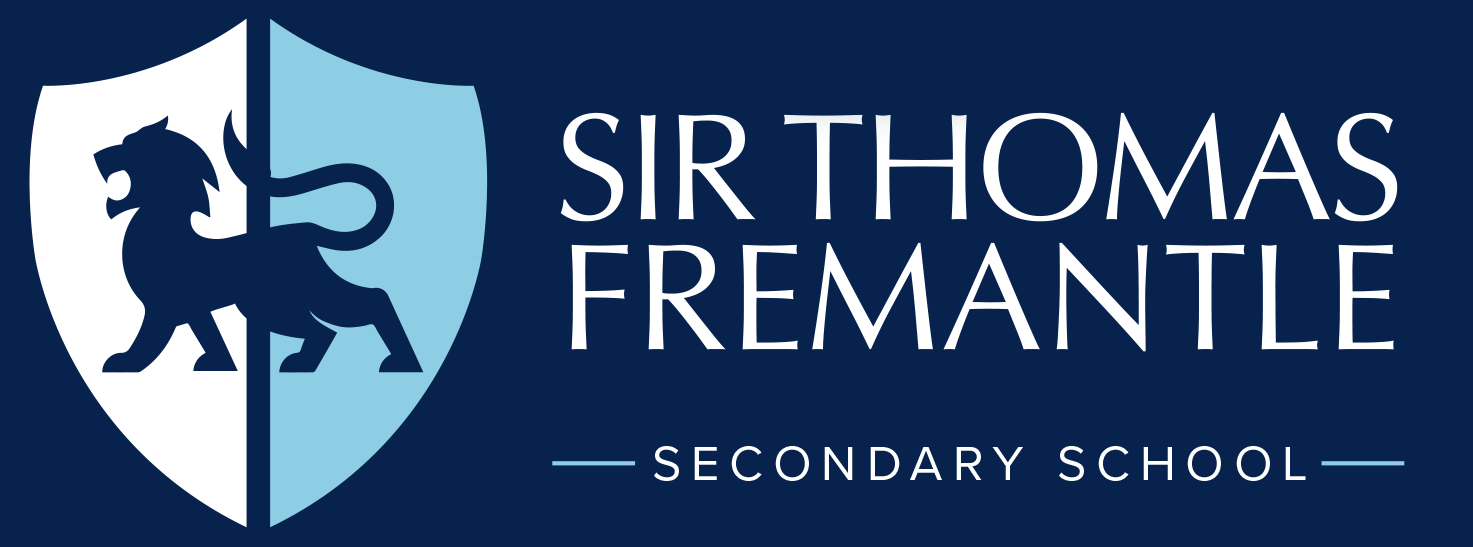History - Year 10
| Autumn 1 | Autumn 2 | Spring 1 | Spring 2 | Summer 1 | Summer 2 | |
|---|---|---|---|---|---|---|
| Knowledge | The Normans: • Causes of Norman Conquest, including the death of Edward the Confessor, the claimants and claims. • Military aspects: Battle of Stamford Bridge; Battle of Hastings; Anglo- Saxon and Norman tactics; military innovations, including cavalry and castles. • Establishing and maintaining control: the Harrying of the North; revolts, 1067–1075; King William’s leadership and government; William II and his inheritance | The Normans: • Feudalism and government: roles, rights, and responsibilities; landholding and lordship; land distribution; patronage; Anglo- Saxon and Norman government systems; the Anglo-Saxon and Norman aristocracies and societies; military service; justice and the legal system such as ordeals, ‘murdrum’; inheritance; the Domesday Book. • Economic and social changes and their consequences: Anglo-Saxon and Norman life, including towns, villages, buildings, work, food, roles and seasonal life; Forest law. | The Normans: • The Church: the Anglo-Saxon Church before 1066; Archbishop Lanfranc and reform of the English Church, including the building of churches and cathedrals; Church organisation and courts; Church- state relations; William II and the Church; the wealth of the Church; relations with the Papacy; the Investiture Controversy. • Monasticism: the Norman reforms, including the building of abbeys and monasteries; monastic life; learning; schools and education; Latin usage and the vernacular. | Conflict and Tension - the Interwar Years: • The armistice: aims of the peacemakers; Wilson and the Fourteen Points; Clemenceau and Lloyd George; the extent to which they achieved their aims. • The Versailles Settlement: Diktat; territorial changes; military restrictions; war guilt and reparations. • Impact of the treaty and wider settlement: reactions of the Allies; German objections; strengths and weaknesses of the settlement, including the problems faced by new states. | Conflict and Tension - the Interwar Years: • The League of Nations: its formation and covenant; organisation; membership and how it changed; the powers of the League; the work of the League's agencies; the contribution of the League to peace in the 1920s, including the successes and failures of the League, such as the Aaland Islands, Upper Silesia, Vilna, Corfu and Bulgaria. • Diplomacy outside the League: Locarno treaties and the Kellogg-Briand Pact. • The collapse of the League: the effects of the Depression; the Manchurian and Abyssinian crises and their consequences; the failure of the League to avert war in 1939. | Conflict and Tension - the Interwar Years: • The development of tension: Hitler's aims and Allied reactions; the Dollfuss Affair; the Saar; German rearmament, including conscription; the Stresa Front; Anglo-German Naval Agreement. • Escalation of tension: remilitarisation of the Rhineland; Mussolini, the Axis and the AntiComintern Pact; Anschluss; reasons for and against the policy of appeasement; the Sudeten Crisis and Munich; the ending of appeasement. • The outbreak of war: the occupation of Czechoslovakia; the role of the USSR and the NaziSoviet Pact; the invasion of Poland and outbreak of war, September 1939; responsibility for the outbreak of war, including that of key individuals: Hitler, Stalin and Chamberlain. |

